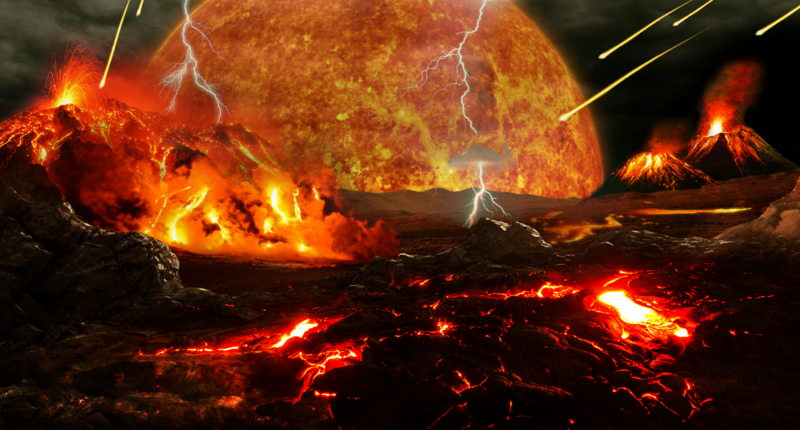
From Reuters:
If confirmed as fossilized communities of bacteria known as stromatolites –
rather than a freak natural formation – the lumps would pre-date fossils
found in Australia as the earliest evidence of life on Earth by 220 million
years.
“This indicates the Earth was no longer some sort of hell 3.7 billion years ago,” lead author Allen Nutman, of the University of Wollongong, told Reuters of the findings that were published in the journal Nature. More.
From Maria Gallucci at Mashable,
“This potentially pushes back our understanding of the antiquity of life on Earth, which is really quite astounding,” Abigail Allwood, a research scientist and astrobiologist at NASA’s Jet Propulsion Laboratory in California, told Mashable.
If it is true that life existed by ~3.7 billion years ago during the Hadean [(> 4,000 Ma)], it evolved very quickly after Earth became habitable. We are left with only a couple hundred million years for life to develop. Considering the improbabilities of the origin of life, that’s a very short period for life to have happened without intelligent direction.
The ways researchers try to get around that problem will sound like a day at the circus.
But the question is, will the findings hold up? Some of these very early finds don’t. See, for example, World’s oldest microfossils [ 3.46 BA] are not life forms after all. The new term in such cases is “pseudofossils.”
See also: What we know and don’t know about the origin of life
Follow UD News at Twitter!